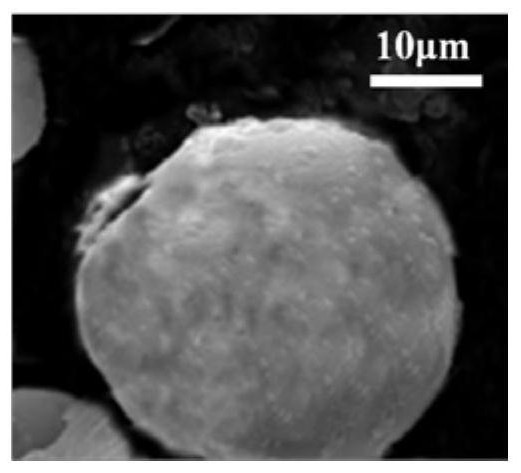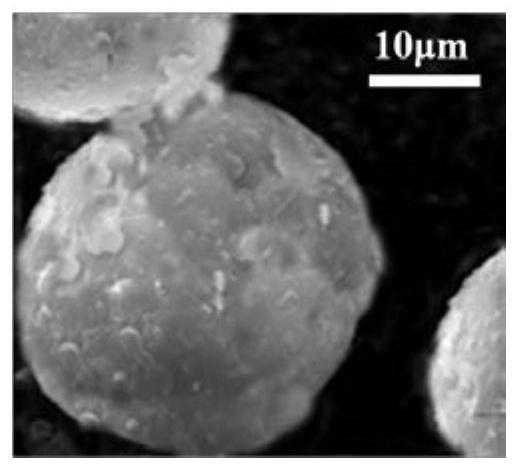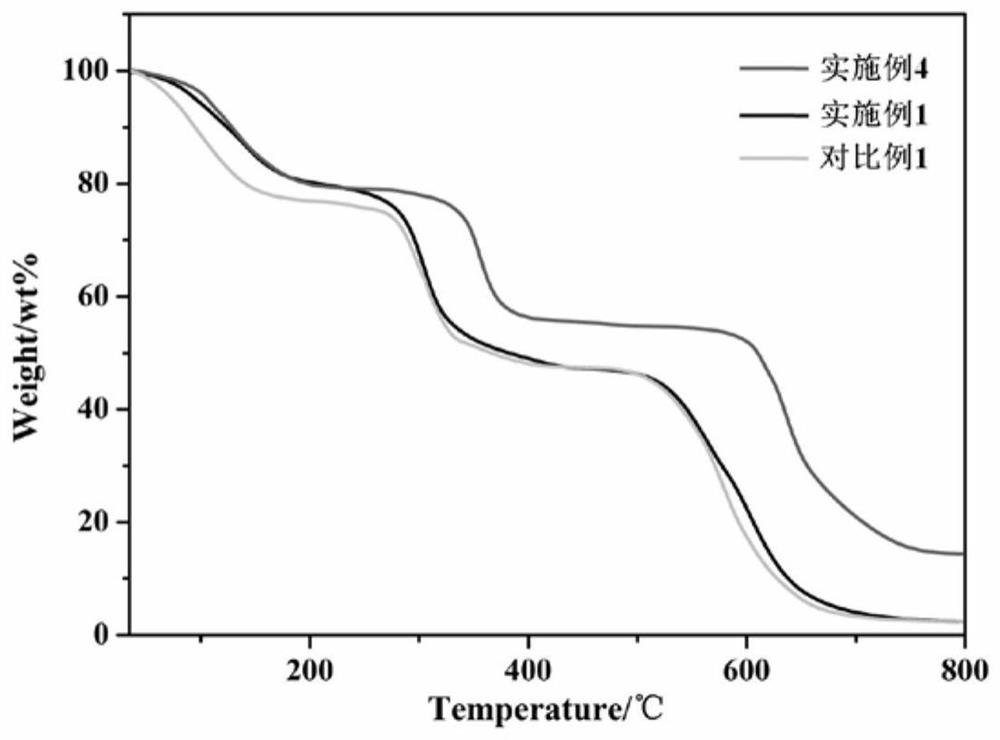Hydrogel immobilized microorganism preservation method
A technology of microorganisms and hydrogels, which is applied in the direction of preservation of microorganisms, immobilization on/in organic carriers, and preparation of microspheres. Widely used in production and other issues to achieve the effect of maintaining microbial activity, easy operation, and preventing cell damage
- Summary
- Abstract
- Description
- Claims
- Application Information
AI Technical Summary
Problems solved by technology
Method used
Image
Examples
Embodiment 1
[0033] A kind of preparation of composite gel ball:
[0034] S1: Add chitosan powder to aqueous acetic acid solution (2.1%, w / w), stir until completely dissolved; add CaCO under magnetic stirring 3 (mass ratio of chitosan powder to 0.79:1), stirring for 12min, then ultrasonic for 15min; then add liquid paraffin (solid-liquid ratio of chitosan powder and paraffin is 1g:156mL), vigorously stir for 5min; 43 ℃ water bath Under the condition, add span-80 dropwise (the solid-liquid ratio of chitosan powder and span-80 is 1g: 2.1mL), stir 30min; / w) (the solid-to-liquid ratio of chitosan powder and glutaraldehyde solution is 1g: 2.2mL), carry out the crosslinking reaction for 65min; finally add N-(1,8-dimethylimidazo[1,2-a ]quinoxalin-4-yl)-1,2-ethylenediamine (mass ratio to chitosan powder is 1.87:1), after stirring for 70min, add 5M NaOH solution to adjust pH to 10.2, and adjust reaction temperature to Continue to stir and react at 74°C for 110 minutes; the reaction product is ri...
Embodiment 2
[0037] The difference between the preparation of a kind of composite gel ball and embodiment 1 is:
[0038] CaCO in step S1 3 The mass ratio of chitosan powder to chitosan powder is 0.76:1; the solid-liquid ratio of chitosan powder to glutaraldehyde solution is 1g:2mL; N-(1,8-dimethylimidazo[1,2-a] The mass ratio of quinoxalin-4-yl)-1,2-ethylenediamine to chitosan powder is 1.80:1;
[0039] Step S2 The mass ratio of the intermediate product M to sodium alginate is 1:0.8-1.2; the solid-to-liquid ratio of sodium alginate to calcium chloride solution is 0.1 g:18.4 mL.
Embodiment 3
[0041] The difference between the preparation of a kind of composite gel ball and embodiment 1 is:
[0042] CaCO in step S1 3 The mass ratio of chitosan powder to chitosan powder is 0.81:1; the solid-liquid ratio of chitosan powder to glutaraldehyde solution is 1g:2.3mL; N-(1,8-dimethylimidazo[1,2-a The mass ratio of ]quinoxalin-4-yl)-1,2-ethylenediamine to chitosan powder is 2.01:1;
[0043] Step S2 The mass ratio of intermediate product M to sodium alginate is 1:1.16; the solid-to-liquid ratio of sodium alginate to calcium chloride solution is 0.1 g:23.6 mL.
PUM
 Login to view more
Login to view more Abstract
Description
Claims
Application Information
 Login to view more
Login to view more - R&D Engineer
- R&D Manager
- IP Professional
- Industry Leading Data Capabilities
- Powerful AI technology
- Patent DNA Extraction
Browse by: Latest US Patents, China's latest patents, Technical Efficacy Thesaurus, Application Domain, Technology Topic.
© 2024 PatSnap. All rights reserved.Legal|Privacy policy|Modern Slavery Act Transparency Statement|Sitemap



